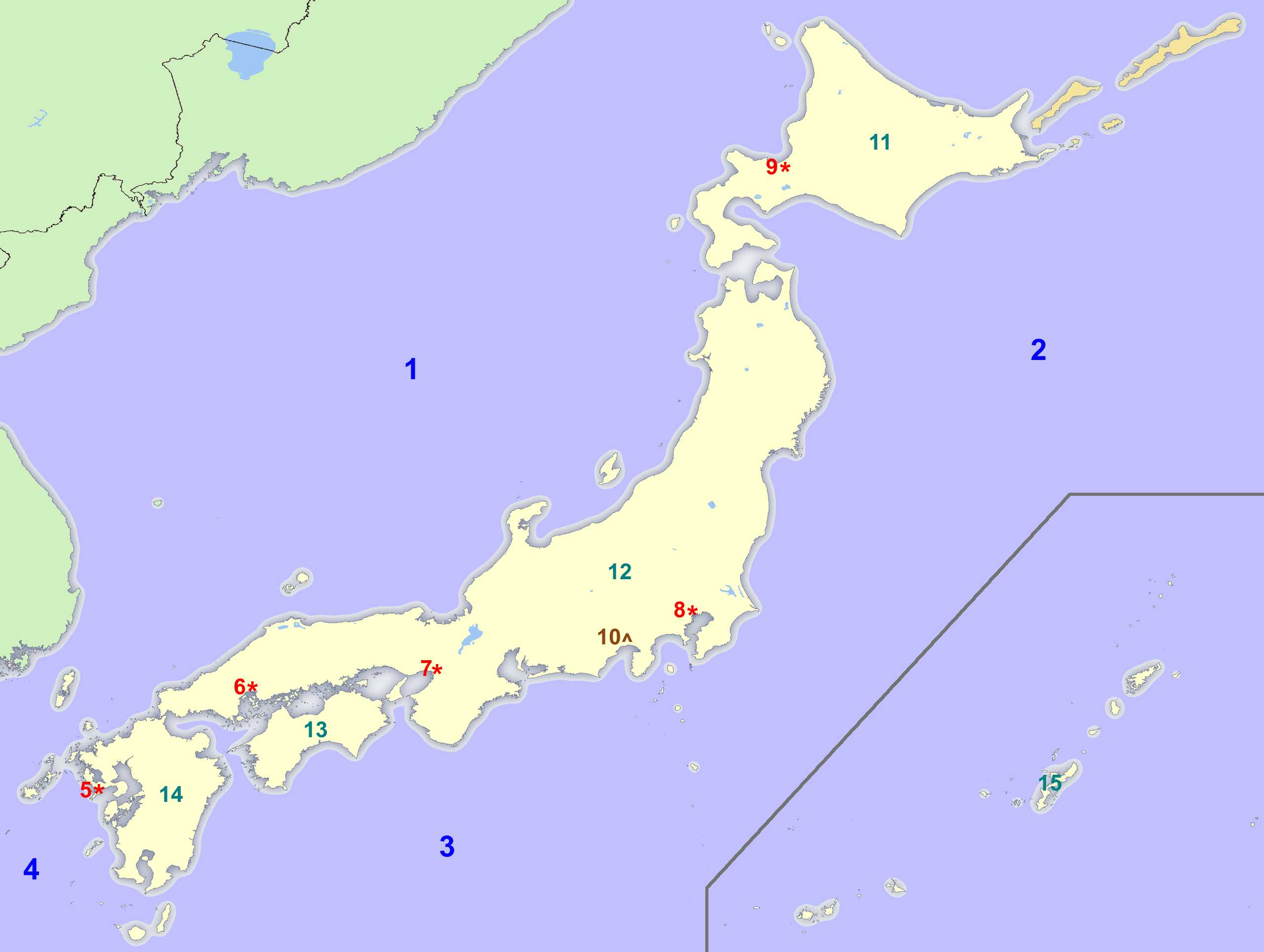
Locating Japan Trivia Quiz
Japan is an island nation in East Asia, and part of the fabled Pacific Ring of Fire. The Japanese archipelago is comprised of more than 14,000 islands, with five of them considered 'main' islands. Give a try at correctly labeling this map of Japan.
A label quiz
by reedy.
Estimated time: 3 mins.
- Home
- »
- Quizzes
- »
- Geography Trivia
- »
- Asia
- »
- Japan
